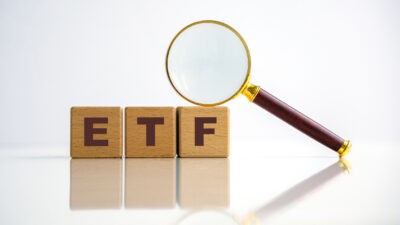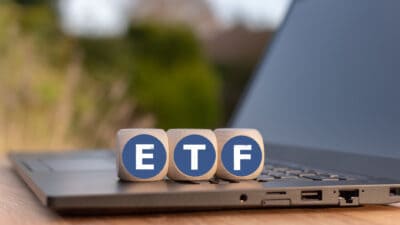The Vanguard Australian Shares Index ETF (ASX: VAS) is a popular investment on the ASX. How popular? Well, it's only the largest index fund by funds under management, with more than $14.7 billion invested as of 29 February.
But while many ASX investors own VAS units as at least a part of their ASX portfolio, many others shun this exchange-traded fund (ETF). One of the most oft-cited reasons why is its perceived weight towards bank shares and mining stocks. You'll often hear things like 'VAS is just a banks and miners fund' from this ETF's detractors.
So today, let's investigate whether this popular index fund is just a big bet on banks and miners.
To start with, let's go over how the Vanguard Australian Shares ETF works. It is an index fund that mirrors the S&P/ASX 300 Index (ASX: XKO), so it's exposed to the 300 largest shares on the ASX by market capitalisation.
How does the Vanguard Australian Shares ETF work?
This might make the ETF sound inherently diversified already. After all, the largest 300 shares on the ASX include companies ranging from Coles Group Ltd (ASX: COL) and Telstra Group Ltd (ASX: TLS) to JB Hi-Fi Ltd (ASX: JBH) and Xero Ltd (ASX: XRO). It's not all banks and miners.
But there's a catch. Although VAS's ASX portfolio does include 300 different companies, not all of them are treated equally. In fact, none of them are.
Each one is assigned a weighting (a percentage of VAS's overall portfolio) based on its size, or market cap. This means that the largest shares have a heavier weight (and thus more influence on the ETF's returns) than the smaller ones in the Vanguard Australian Shares ETF's portfolio.
As it happens, the big banks and miners are some of the largest companies in Australia. Because of this, they do have more influence on VAS's ASX performance than other sectors. How much more?
Well, let's look at the numbers.
As of 29 February, the 15 largest shares in VAS' portfolio were as follows:
- BHP Group Ltd (ASX: BHP)
- Commonwealth Bank of Australia (ASX: CBA)
- CSL Ltd (ASX: CSL)
- National Australia Bank Ltd (ASX: NAB)
- Westpac Banking Corp (ASX: WBC)
- ANZ Group Holdings Ltd (ASX: ANZ)
- Wesfarmers Ltd (ASX: WES)
- Macquarie Group Ltd (ASX: MQG)
- Woodside Energy Group Ltd (ASX: WDS)
- Goodman Group (ASX: GMG)
- Rio Tinto Ltd (ASX: RIO)
- Telstra Group Ltd (ASX: TLS)
- Fortescue Ltd (ASX: FMG)
- Transurban Group (ASX: TCL)
- Woolworths Group Ltd (ASX: WOW)
If you see what I see, you'd agree that there are a lot of banks and miners there.
Is VAS just a big ASX bet on banks and miners?
In fact, the big four banks make up four of the six largest companies on the ASX. And the largest – BHP – is a miner.
Amongst these 15 stocks, I count five banks (including Macquarie, which is at least partially a bank) and four miners (including oil and gas stock Woodside).
But it gets worse for fans of diversification. BHP alone takes up a whopping 9.44% of VAS's entire portfolio, while CBA is at 8.27%. This means for every $100 you invest in VAS units on the ASX, $9.44 will end up in BHP shares and another $8.27 in CBA stock.
Putting those five banks together, we get to a total weighted portfolio position of approximately 23.28%. So almost a quarter of a VAS investment is going into five ASX banks.
What about the miners? Well, adding up BHP, Rio, Fortescue and Woodside's weightings, we get to an approximate 15.69%.
All up, out of a $100 VAS investment, $38.97 will go to BHP, CBA, NAB, Westpac, ANZ, Macquarie, Woodside, Rio Tinto, or Fortescue shares.
Out of the entire VAS portfolio, 29.7% of its weighted holdings are in financial shares, with another 22.4% in materials (mining) stocks. That's a combined weighting of 52.1% to banks and miners.
Now, to be clear, the ASX's banks and miners are world-class. Some investors may not have a problem with this allocation (and the high levels of dividend income it can facilitate). But it's hard to argue that an ASX investment in VAS units is anything other than a big bet on the banks and mining stocks.
Take that how you will.







